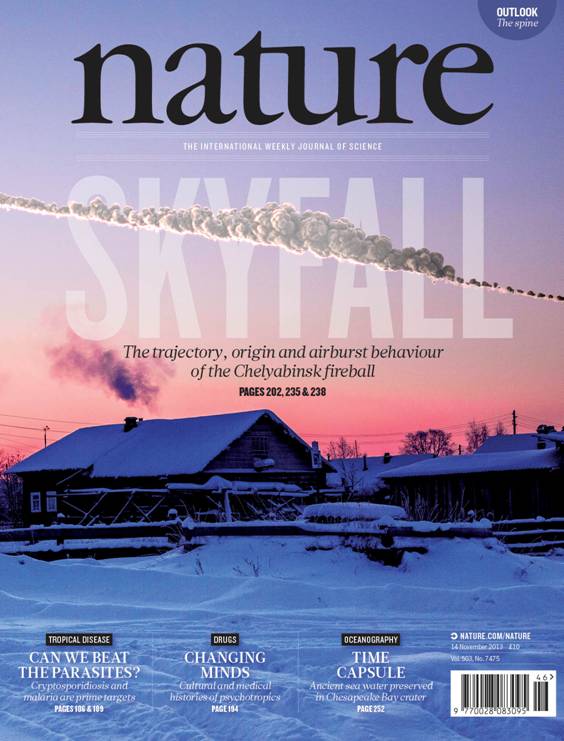Cinnafilm board member’s digital art selected for the cover of the prestigious Nature
Published: December 18th 2013

Albuquerque, NM – On February 15, 2013, a 60-foot (18-meter) wide chunk of rock streaked across the Russian sky at 42,500 miles per hour, breaking apart as it exploded with 500 kilotons of energy. Now, scientists have created the first computer-simulated animation of the most well recorded meteor impact in human history—thanks to cell phones and the dashboard cameras common in Russian cars.
Brad Carvey, member of the Cinnafilm Board of Directors, was one of the scientists who stitched together the video from still frames generated by the simulation. He presented his work at a recent American Geophysical Union meeting. Read more at National Geographic.